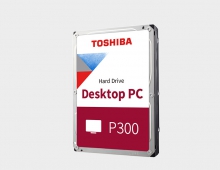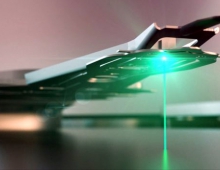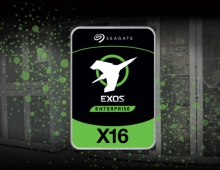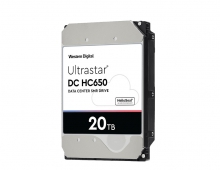
Disk drives to stop shrinking
For hard-drive makers, getting small is becoming a passing fad.
While consumers have gone bonkers for music players and other sleek devices sporting tiny hard drives, disk drive companies say there's little room, and even less desire, for further reducing the size of the drive platters--the silver disks that spin around and hold data.
Since the platters constitute a substantial portion of the overall volume of the drive, this means a ceiling looms for shrinking drive sizes and potential increased competition from flash memory.
"The disk drive is not going to get much smaller," said Jim Porter, an analyst at Disk/Trend.
The problem goes back to Archimedes and some basic science. Reducing the diameter of a drive platter greatly reduces the surface area for storing data. And less available storage space makes it more difficult for drives to distinguish themselves against flash memory. Typically, flash memory accesses data faster, but drives can provide far greater storage capacity for the same amount of money.
"The trade-off in size is not as important as the trade-off in capacity," said Bill Healy, senior vice president of product strategy and marketing for Hitachi Global Storage Technologies.
Hitachi, which makes the drive found in the iPod Mini, has no plans to further shrink the 1-inch-diameter platter found in those drives. The company will, however, shrink the overall size of its mini drives by developing smaller motors and reducing packaging, Healy said.
Similarly, Maciek Brzeski, vice president of marketing for the storage division of Toshiba, says the Japanese giant is not interested in shrinking the 0.85-inch-diameter platters in its mini drive, which is featured in a video camera coming soon.
This doesn't mean that mini drives won't continue to improve. Design innovations such as perpendicular recording will allow drive makers to increase current capacities on small drives from the 4GB and 5GB range to 8GB to 10GB within a year. Brzeski, Healy and several analysts predict that drive makers will be able to maintain an advantage over flash when it comes to large-capacity devices. When 10GB mini drives hit the market next year, 10GB of flash memory might cost 10 times as much, Porter speculated.
Better packaging will also enable drive makers to reduce their size and volume. "Mikey," the code name for a Hitachi drive that comes out in devices next holiday season, will be 20 percent smaller than current mini drives.
Increased storage capacity and packaging reductions will enable hard-drive makers to insert their products into cell phones, which now almost exclusively rely on flash memory.
"People are even talking about building in projector capacity," he said, so that pictures taken on cell phones can be beamed onto flat surfaces for easier viewing, Healy said.
Still, because the platters occupy a significant portion of the overall space in a drive, size reductions are limited. A visual examination of an opened mini drive from Cornice with a 1-inch platter shows that the platter occupies more than half of the surface area. Another substantial portion is taken up by the hard-drive arm.
Reducing platter size is also constrained by the fact that a motor sits in the middle of the platter.
"Any time you shrink the disk, you halve the capacity," said Dave Reinsel, an analyst at IDC. Toshiba's 0.85-inch drive maxes out at 4GB. Consequently, 0.5-inch drive would be limited to 2GB of capacity, which would be hard-pressed to compete against flash chips on price.
This is potentially troubling for the disk drive industry because flash memory chips will relentlessly continue to economize on real estate and cost per memory bit. Moore's Law will reduce the cost of chips and enable manufacturers to increase memory capacity at the same time. Novel packages will let manufacturers stack four chips in a space that traditionally held one. Advanced Micro Devices will also come out with flash chips that hold four bits per cell rather than two bits.
Ultimately, if flash improves at a slightly faster rate than mini drives do, it could enable flash to scrape away market share in some areas. Flash might not be competitive at the high end of the market, where 10GBs or 20GBs are needed, but it might get more competitive for midrange devices.
"You've got flash on the other side that is growing," Reinsel said.
The notion that platters will stop shrinking is somewhat ironic, considering that they are just beginning to sell after a 10-year coming-out party. IBM invented the mini drive back in the early 1990s but couldn't commercially exploit it. IBM then sold its hard-drive division to Hitachi in 2002.
Hitachi then landed its drive in the iPod Mini, a popular portable music player that Apple Computer debuted a year ago.
From NEWS.com





















